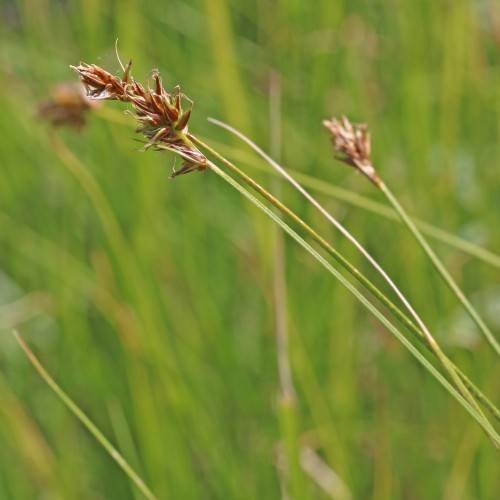
Hood's Sedge
Carex hoodii
Watering:
Average
Hardiness Zone:
Flowers:
Flowers
Sun:
Partial Shade, Deciduous Shade (Spring Sun)
Soil:
Sand, Loam
Leaf:
Yes
Growth Rate:
Low
Salt Tolerant:
Yes
watering
Hitchcock's Sedge should be watered once a week. For best results, use a watering can or other slow-drip device so as not to over-saturate the soil. Water lightly, allowing about 1 inch of water per week. During hot weather, water more often to avoid dryness. Do not allow the soil to become soggy. If you are unsure if it needs watering, stick your finger into the soil. If it is dry at least 1 inch below the surface, it is time to water.
sunlight
Hitchcock's Sedge needs full or partial exposure to sunlight in order to thrive. For best results, it should receive 6 to 10 hours of sunlight a day in the growing season, especially during mid-morning and late afternoon. Exposure to direct sunlight for too long can cause scorching of the leaves, so some afternoon shading may be needed in the hottest months. During the winter months, the amount of sunlight received decreases, so it will only need an hour or 2 of direct sunlight a day in order to remain healthy.
pruning
Hitchcock's sedge should be pruned in late winter or very early spring before it starts to grow. Prune away any dead or damaged foliage and lightly thin out the plant to reduce crowding. This should be done every few years to help the plant stay healthy and encourage denser growth. The amount of pruning depends on the plant’s size and the desired shape. Generally, it is best to prune no more than 1/3 of the foliage for the best results.
